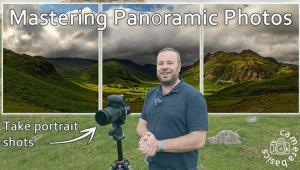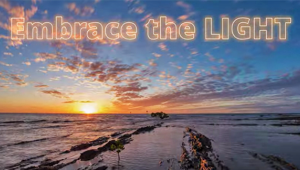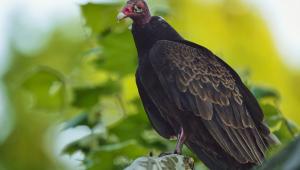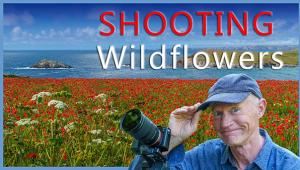Point & Shoot: In the Country
|
Rural scenes provide picturesque photo opportunities for those who love to get away from the hustle and bustle of city life. These settings convey feelings of tranquility. If you're like a lot of landscape shooters, scenery that includes barns, covered bridges, and miles of open fields may inspire you photographically.
Before you start randomly snapping away, however, take a moment to think about the rural environment and how you want to depict it. Ask yourself what appeals to you emotionally about a scene before you begin taking pictures. It may be the golden light of morning shining through a field of hay, or mist rising from a pond. A country landscape should capture the spirit and mood of the place. There's a lot of elements that can say "country" in a photo, such as cows, chickens and other farm animals, farmhouses, and country roads. You can isolate any of these symbols and still make a statement about rural life. If done well, zooming in close on some weathered wood with peeling paint can be an artistic rendering of the country. Neatly plowed fields and red barns can be a more-obvious interpretation of a country landscape, but it doesn't always have to be a trite depiction. You may want to accentuate the orderly nature of a scene like this by composing your pictures carefully and choosing clutter-free viewpoints. Be aware of what's in your photo and avoid elements from the high-tech world—like high-voltage wires or satellite dishes—that will distract from your visual statement about the simple life. Subjects like abandoned sheds, rusting tractors and vine-covered walls can convey a rustic view of rural life, as well as making a strong statement about bygone days. As with other types of landscape photography, taking pictures early and late in the day will yield the most-pleasing results. If your point-and-shoot camera has a built-in lens, you may not be able to attach filters to the front lens element. However, you can hold a polarizing filter in front of your camera's lens to saturate a blue sky, and to accentuate white, puffy clouds. If you see a great scene to photograph but the lighting is dull, plan to come back another time. If you don't get a chance to revisit a scene, shoot pictures instead that exclude dull, gray skies. Photograph details that you might not otherwise focus on when the weather is fair. A zoom lens used on its moderate telephoto setting will help you isolate these subjects and avoid distracting elements. But for times when you want to accentuate the vastness of fields, for example, use your lens's wide-angle setting. As with many landscapes, a strong visual anchor can add interest to your images of the country. For example, a photo of a country road in a wooded setting is pretty, but the road can lead a viewer's eye out of the picture unless you provide an element to draw one's attention, like a couple strolling on the road. You can also compose a country photo like a story with a beginning (the foreground), a middle (the center ground), and an ending (the background). In a farm scene, you could use an old wagon as the foreground, a winding dirt road as the middle ground, and a red barn as the background. Your visual anchor could be a farmer leading a horse up the road. In a rural landscape, the center of interest shouldn't dominate the composition. Instead, it should be an element that holds the composition together visually and thematically. Small elements like this should be placed carefully in the scene. Your first inclination may be to put the subject right in the middle of the frame, but this just chops the photo in half and creates a stagnant composition. Position the subject off-center—it's far more pleasing to the eye. Readers are encouraged to submit photos to our monthly Point & Shoot Homework Assignment feature. Please see the magazine table of contents for the location of the entry coupon, which lists topics and more details. |




















































